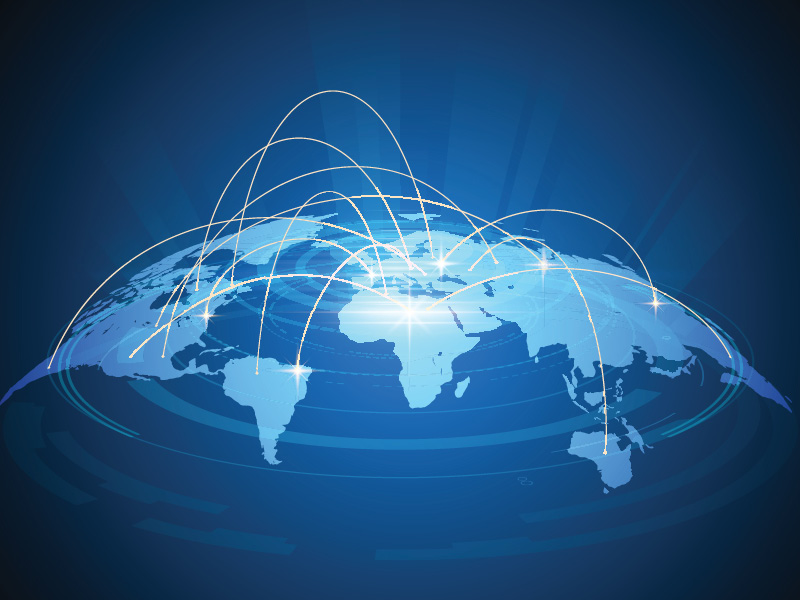Thanks to globalisation, the importance of having leaders who can bridge the cultural divide is paramount. As CEO, your aim should be twofold: to ensure you and your people have the skills and capabilities to compete on the world stage; and to build a business strategy, infrastructure and approach that make it easy to seize every chance to trade across borders. This might mean, for example, reviewing your products with overseas opportunities in mind.
But however international your operation, every customer is local. Just because something is popular in Australia doesn’t mean it will work in another country without some changes – it might not even work at all. So whether you’re developing a new offering or rethinking current products, be willing to adapt them for your chosen offshore markets, and make sure you and other decision-makers have the deep customer insights to do this successfully.
Take Uber, for example, a global disruptor that trades locally in more than 65 countries and counting. Initially, Uber was Uber, wherever you were. Then in early 2016, they relaunched. Now, when you open the Uber app, what it looks like and the services on offer are localised. In Nigeria, passengers can pay by cash. In Columbia, drunk Uber users can call an Uber Angel to drive their car home. Uber’s founder, Travis Kalanick, says the relaunch will help everybody in the Uber universe be more successful.
Technology is another area where having a global mindset will impact your decision-making process. Before signing off on your company’s next technology investment, ask your CIO: will this help us with our strategy for offshore growth? Will it make overseas transactions easier, or streamline our international supply chain, or make our services more competitive in China?
Leaders with a global mindset are constantly tuned into technological developments. They look overseas for inspiration, seek centres of technology excellence outside Australia, and learn from how other companies leverage new ideas. They also have one eye on the future: an emerging trend may seem irrelevant now, but it might support your company’s plans to break into the American market in 2 years’ time.
In other words, to have a global mindset, you must view every business decision through a global lens so you can gradually position your company to compete more strongly in overseas markets when the opportunity arises. This includes thinking about how you interact with other people.
Relationships and influence
Whether you’re selling, lobbying or managing, understanding what shapes the other person’s thinking will affect the outcome. It strengthens the relationship, creates trust and increases your ability to influence – an essential leadership quality. After all, it’s easier to construct a win-win scenario when you know what success looks like on both sides.
This applies whether you’re dealing with someone from Brisbane or Beijing. However, when you’re trying to influence someone whose upbringing, beliefs and priorities are different to yours, it’s much harder.
Being good at it takes 3 levels of understanding
Intellectual
Knowing basic differences in key areas such as negotiating, hierarchies and communication styles for the cultures your business encounters, and having corresponding coping strateigies and behaviours.
Psychological
People who value curiosity, flexibility and diversity in other areas generally have a non-judgmental, respectful approach to cultural differences. If the world view of you or your team is monocultural, it’s time to rethink.
Social
This is about empathy, diplomacy and compromise – understanding there’s more than one approach to a task, and accepting that yours may not be the best. It involves people placing their trust in others, so it’s a form of risk-taking and requires self-confidence.
It’s possible to address gaps in these behaviours with targeted learning and development. The place to start is with the executive team, who can then drive organisation-wide change. Typical approaches are customised development programs, cultural awareness training, overseas study tours or short-term offshore secondments.
The next stage is to align your people strategy, performance targets and competency model with the goal of becoming an organisation with a global mindset.
Whatever your industry, embedding a global mindset should be top of your leadership action list. It will position your organisation to deal more effectively with the challenges of the dynamic, complex, multicultural world we now live in.







